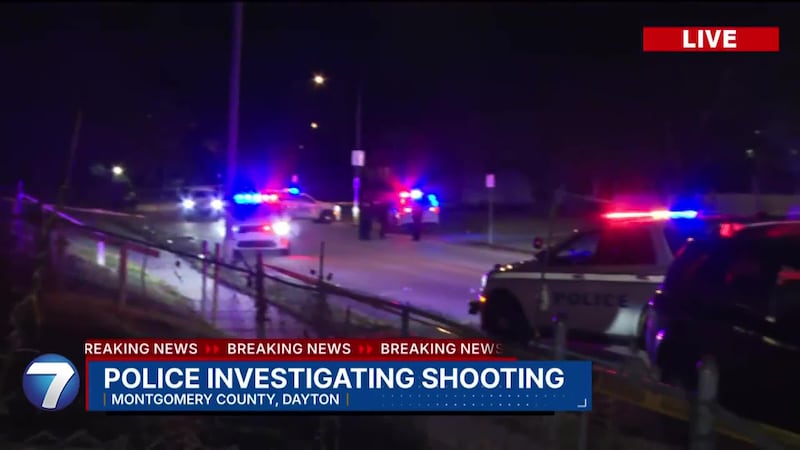MIDDLETOWN — As the number of vaccinated Ohioans continues to grow, some recipients have become concerned with reports flu-like side effects that follow the second dose.
But area doctors and experts say these symptoms are normal and are part of the body’s natural immune response.
>>Miami Valley vaccines: Where you can schedule a vaccination
Dr. Andre Harris, Chief Medical Officer at Atrium Medical Center, said a lot of the typical flu-like symptoms like headaches, fever, chills, and general fatigue can all happen as a result of the second dose of the COVID-19 vaccine. Harris said he also experienced some mild symptoms himself within 13 hours of getting the second shot.
“Some chills, I didn’t have body aches, I had a mild headache. Most people are seeing a reaction right around that 24-hour timeframe. Some people on the longer side, maybe two days of symptoms,” Harris told News Center 7′s Katy Andersen Wednesday.
>>Coronavirus: CDC says double-masking offers more protection against COVID-19
But others who’ve gotten both shots have reported no symptoms. Harris said it all varies based on your immune response.
“In one person, it may be causing a much more robust type of immune response and that may be accompanied by the chills or fever, or body aches, for another person, their immune response may not be as robust or may not have as many symptoms associated with it,” he said.
Harris noted that your individual response to the second shot does not affect its efficacy.
Despite the possibility of symptoms, Harris stressed the importance of getting the second dose and not skipping it.
“I don’t want people to stray away from getting the dose because they may have some of these symptoms that are associated with getting that. I think you can manage them,” Harris said.
Bottom line, symptoms from the vaccine are more manageable than those from the actual coronavirus, he said.
“What we are trying to avoid is hospitalizations, people being on ventilators, people being separated from their families. If you think of the totality of these symptoms compared to the potential, there is no comparison,” Harris said.
Wearing a mask is still considered an important component to fighting the pandemic because it helps protect those still waiting on getting their vaccine doses, Harris said.
As of Wednesday afternoon, over 1.1 million Ohioans have received their first vaccine shots, which is around 9.5 percent of the entire population. Around 3 percent of the population, over 348,000 Ohioans, have received both doses and are considered fully vaccinated, according to Ohio Department of Health data.
Cox Media Group





